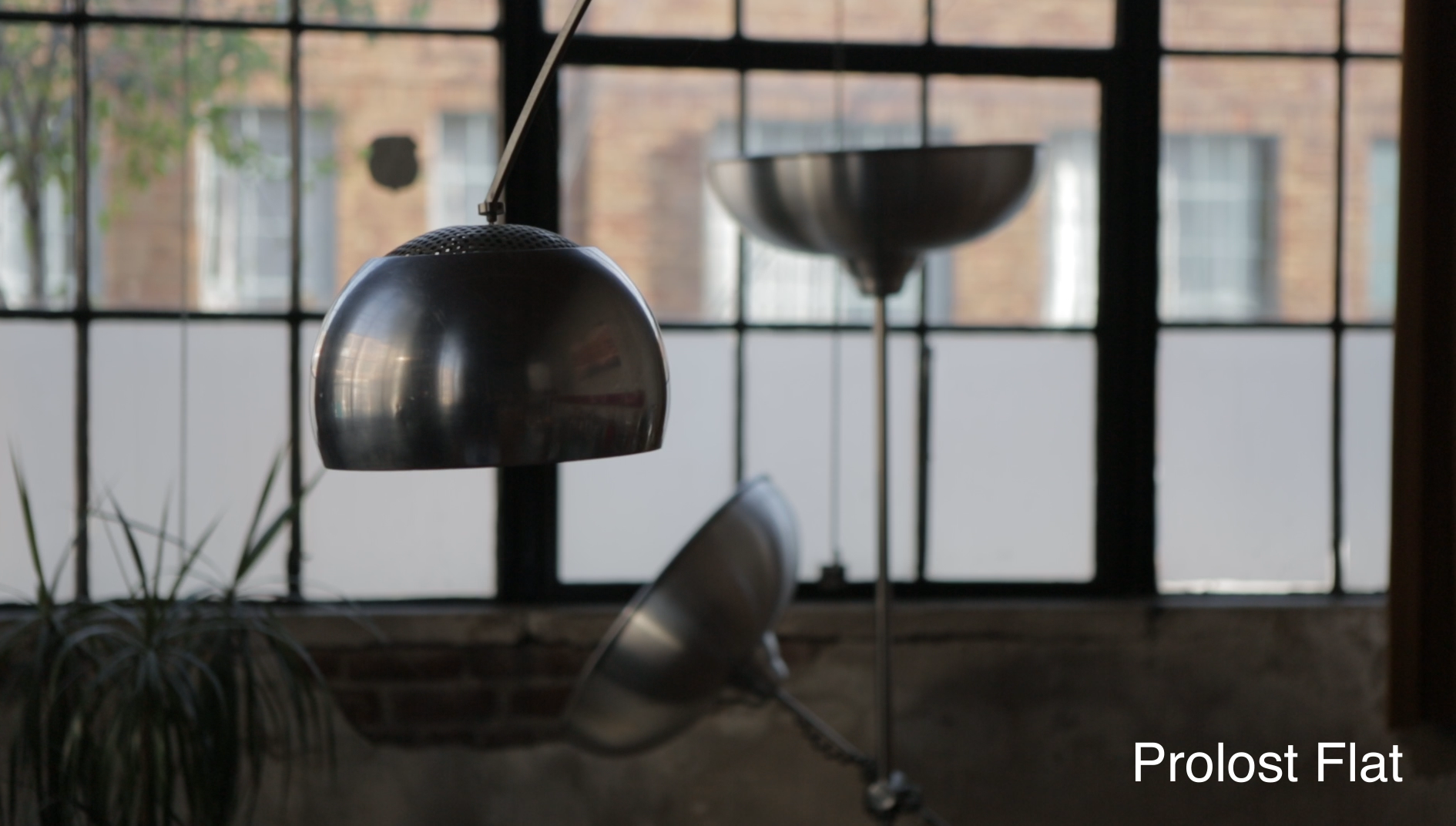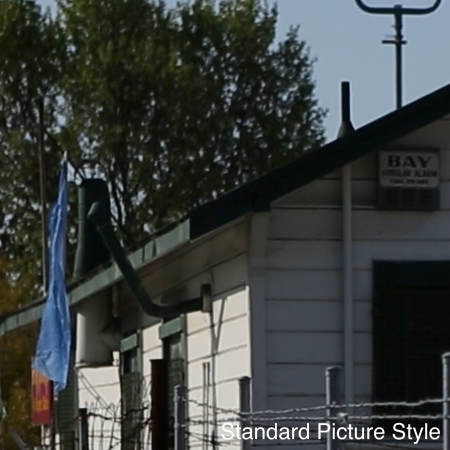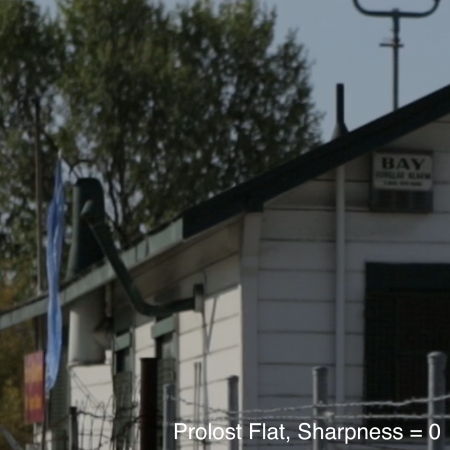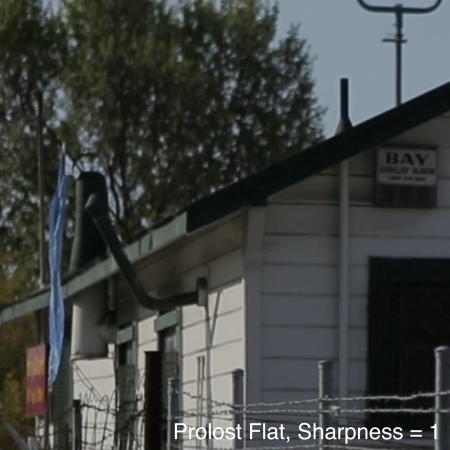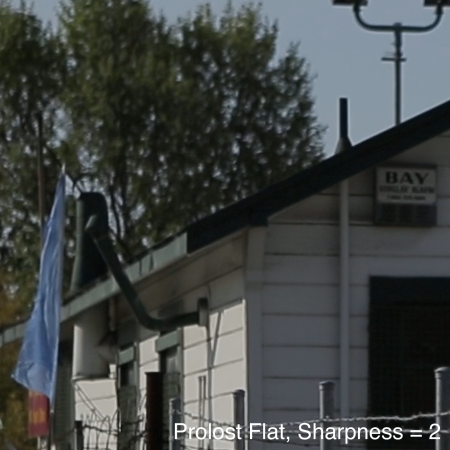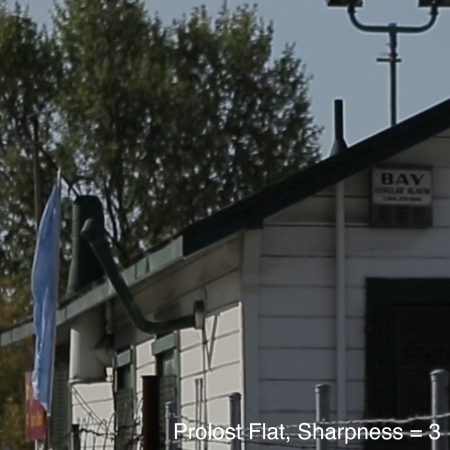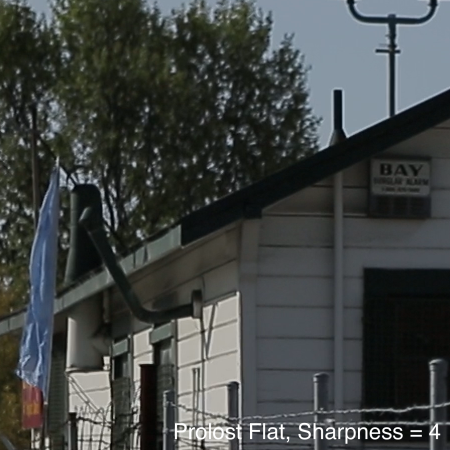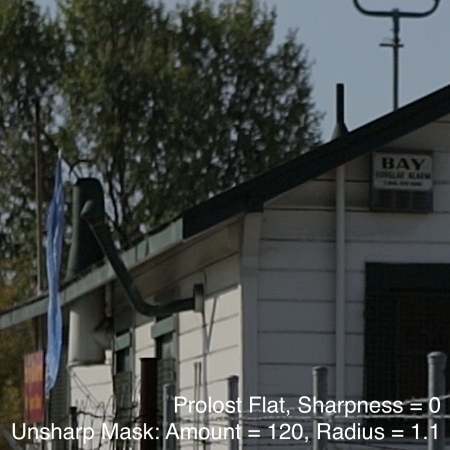You probably saw this one coming. I just pre-ordered a Canon 5D Mark III from Amazon. Here’s why.
A Focus on Photography
I shoot a lot of stills with my 5D Mark II. It’s a great camera. But it’s a camera out of balance. The sensor can work in light so low that the autofocus system, inherited from the original 5D, can’t keep up. The 5D Mark II today is still a great camera—but its autofocus technology is six years old!
The 5D Mark III, on the other hand, arrives with Canon’s most recent and potentially most awesome autofocus system to date, the same one as the highly anticipated 1D X.
This plus the 6fps burst speed means the next time I’m chasing three-year-olds around Oakland with a fast 50, I hope I’m using the 5D Mark III.
Medium Megapixels
Speaking of shooting stills, I’m thrilled at the restraint that Canon showed in the 5D Mark III’s megapixel count. It’s barely bumped from the Mark II, meaning that all the advancements in sensor tech translate directly into reduced noise.
I’m not a resolution fetishist, and I still kinda miss the enormous, velvety-smooth pixels from my original 5D. So my hopes are high that Canon’s restraint reflects well in the 5D Mark III’s stills.
Moiré? Significantly Less Ré.
As much as I love shooting stills, video is a huge part of my purchasing decision. For the first time, Canon’s marketing directly addresses the HDSLR community’s biggest gripe about EOS video: the aliasing/moiré artifacts caused by the hasty downsampling off the sensor. The sample films we’ve seen so far back up Canon’s claim that the 5D Mark III features a dramatic reduction in these artifacts.
DPReview had this to say:
Although at first glance the video specifications of the 5D Mark III might look very similar to those of the 5D II, the results should be greatly improved. From our limited use, the new sensor shows much less of the rolling-shutter effect that was very apparent with fast movement on the Mark II. The more powerful Digic 5+ processor is also able to reduce moire artifacts in videos, giving cleaner output.
If this doesn’t turn out to be true, I can always send the 5D Mark III back. Pre-ordering now gives me that option. But I’m sure long before it shows up at my door, we’ll all be treated to endless “short films about charts” showing just how the Mark III behaves itself around tiny lines. I just hope some are as good as this one.
Sound On
The 5D Mark III is the first EOS DSLR to feature a headphone jack for audio monitoring. Embarrassing, but true. This, combined with the manual audio level control, might save me from a dual-system audio setup on some shoots. When you’re as lazy as I am, that’s a good thing.
The other thing that I like about Canon’s commitment to audio is the touch-sensitive feature of the rear dial. You can silently adjust audio levels while recording.
HD Out
Although the 5D Mark III’s HDMI out is not a clean, capturable 1080p, it is HD, which is not the case with its predecessor. This should make catching focus on my 5” Marshall LCD easier.
This is a real concern, by the way. One of the sneaky reasons it’s possible to manually focus your HDSLR off the tiny rear LCD screen is the very line-skipping that the Mark III allegedly does away with. The artificial sharpness of the poorly-sampled video we’ve grown accustomed to from our EOS HDSLRs causes in-focus detail to “pop” into crisp relief, acting as a kind of peaking focus assist. Unfortunately, this effect is permanently burned into your footage. If the 5D Mark III truly addresses the downsampling/moiré issue as Canon claims, the downside may well be that we’ll find it even harder to keep our crazy-shallow DOF shots in focus. An EVF or external LCD may go from a nicety to a necessity.
60p
Full-frame slowmo. Hopefully with less ré.
Last Longer
Again, quoting from DPReview:
The camera is also happy to record for its maximum 29:59 minutes without overheating risks in normal working temperatures and can split a single clip across multiple files so that it isn’t impeded by the 4GB file limit of the FAT 32 file system.
My Pants Still Fit
All of my existing support gear for my 5D Mark II and 7D will work beautifully with the 5D Mark III, including my batteries and chargers. No need to upgrade my Redrock Micro shoulder rig or my various other camera support gear.
Bigger is More-er
I’ve long characterized the 5D Mark II as the video DSLR that makes up for its technical shortcomings with gobs of sex appeal. Though I love so very much about the Canon C300, its Super 35 sensor is, you know, “only” as big as motion picture film. Once you get a taste for the sultry, soft depth-of-field control possible with a full-frame sensor, it’s hard to go back.
I don’t know about you, but when I feel a $3,500 purchase diminishing my desire to make a $16,000 one, I go with that feeling.
Canon 5D Mark II For Sale
Seriously. It’s still an amazing camera, and I’ll probably get decent money for it, so although I agree with those who lament that the Canon 5D Mark III is “overpriced,” I can’t exactly say that it’s “too expensive,” because, looking less at the price tag and more at the upgrade cost after selling both my 5D and my 7D, I just ordered one.
If you do the same, and go through these links (Amazon, B&H), you help support my hasty decision-making and encourage future Prolost blathering. And your earn my gratitude. Thanks!
Update
on 2012-03-08 07:51 by Stu
The most important footage of a curtain you’ll see today:





